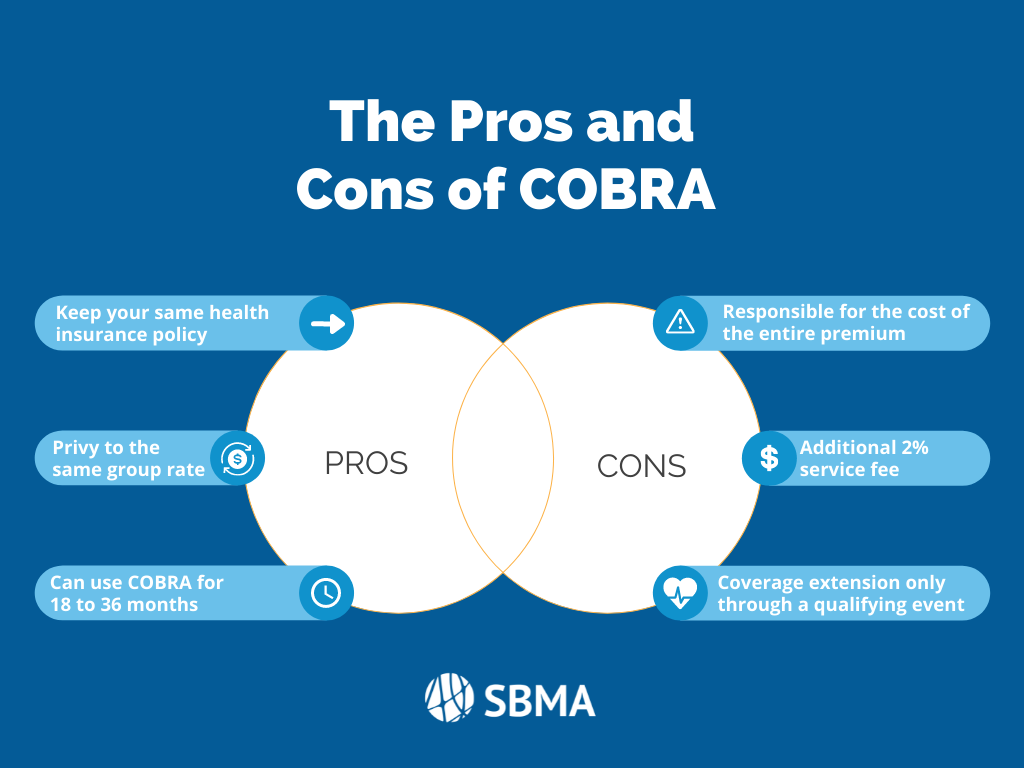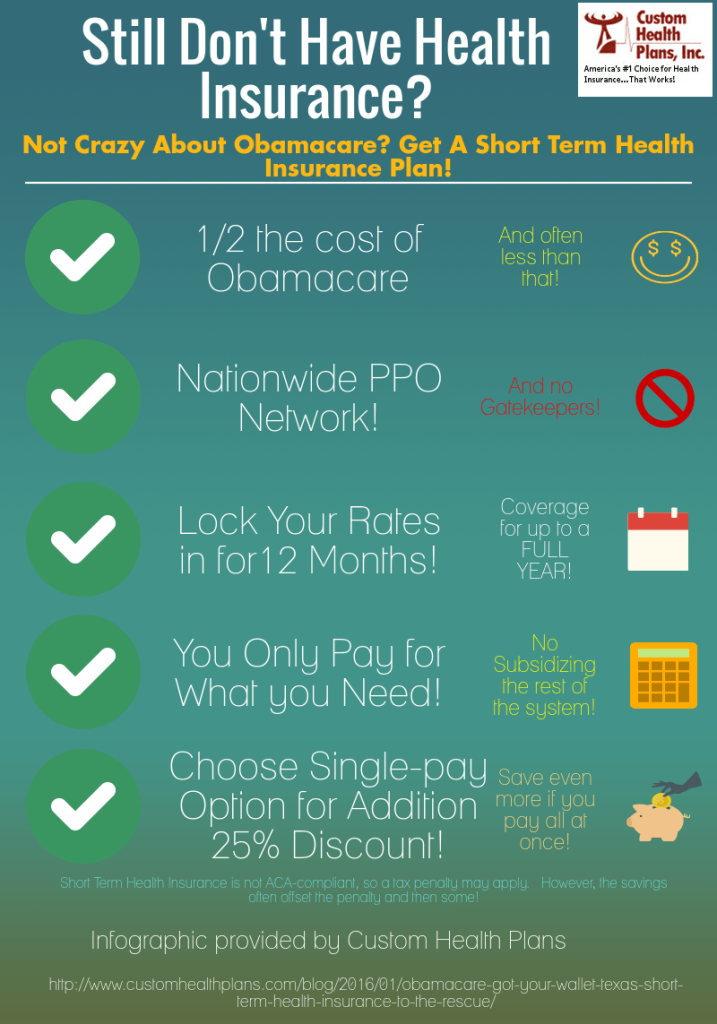Some Known Questions About Medicare Advantage Agent.
Some Known Questions About Medicare Advantage Agent.
Blog Article
See This Report about Medicare Advantage Agent
Table of ContentsFascination About Medicare Advantage AgentOur Medicare Advantage Agent PDFsThe Definitive Guide to Medicare Advantage Agent

adheres to from confusing the relatively young age profile of the without insurance with the better health, on average, of younger individuals. This obscures the link between health and wellness standing and health insurance policy. For those without access to work environment medical insurance, poor wellness is a potential barrier to acquiring nongroup coverage since such coverage may be highly valued, leave out pre-existing problems, or be simply inaccessible. The variety of without insurance Americans is not particularly huge and has not changed in the last few years. 7 out of 10 participants in an across the country representative survey thought that less Americans lacked medical insurance than in fact do(Fronstin, 1998). Approximately fifty percent(47 percent )thought that the number of people without health insurance policy reduced or continued to be continuous over the last fifty percent of the last decade(Blendon et al., 1999). This drop of practically 2 million in the number of people 'without insurance coverage (a reduction
of around 4 percent)is certainly a favorable adjustment. With a softer economy in 2000 the most up to date reported gains in insurance coverage may not proceed(Fronstin, 2001 ). The decline in the variety of uninsured will not proceed if the economy remains slow and health and wellness treatment costs proceed to exceed rising cost of living. This is since the data were gathered for a period of solid economic efficiency. Of the approximated 42 million people who were without insurance, just about regarding 420,000(about 1 percent)were under 65 years of age, the age at which most Americans end up being eligible for Medicare; 32 million were grownups between ages 18 and 65, around 19 percent of all adults in this age; and 10 million were kids under 18 years old, concerning 13.9 percent of all youngsters (Mills, 2000). These price quotes of the number of individuals uninsured are generated from the yearly March Supplement to the Present Populace Survey (CPS), carried out by the Demographics Bureau. Unless otherwise kept in mind, national price quotes of individuals without health and wellness insurance coverage and proportions of the population with various sort of coverage are based on the CPS, one of the most extensively used source of quotes of insurance policy protection and uninsurance rates. These surveys and the quotes they produce are explained briefly in Table B. 1 in Appendix B - Medicare Advantage Agent. These studies differ in size and tasting techniques, the questions that are inquired about insurance policy
Medicare Advantage Agent - Questions
insurance coverage, and the moment duration over which insurance policy coverage or uninsurance is gauged(Lewis et al., 1998, Fronstin, 2000a ). Still, the CPS is especially valuable since it creates annual price quotes relatively quickly, reporting the previous year's insurance policy protection approximates each September, and since it is the basis for a regular collection of quotes for greater than twenty years, enabling analysis of trends in protection over time.

Medicare Advantage Agent Can Be Fun For Everyone
Over a three-year period starting early in 1993, 72 million individuals, 29 percent of the united state population, were without protection for at the very least one month. Within a solitary year(1994), 53 million people experienced at the very least a month without protection(Bennefield, 1998a). 6 out of every ten without insurance adults are themselves used. Working does boost the likelihood that one and one's household participants will certainly have insurance coverage, it is not a guarantee. Even members of families with two full time wage income earners have virtually a one-in-ten possibility of being without insurance (9.1 percent uninsured rate)(Hoffman and Pohl, 2000 ). The connection in between health and useful source wellness insurance and accessibility to care is well established, as documented later on in this phase. Although the connection between medical insurance and health and wellness end results is neither direct neither simple, a substantial medical and health solutions research study literary works links health insurance policy coverage
to enhanced accessibility to care, much better top quality, and improved Discover More personal and population health and wellness status. For instance, the second report, on personal health and wellness results for without insurance adults, is represented by the innermost circle of the number, while the third record, on family members wellness, includes the subjects of the second report but emphasizes a different system of analysis, particularly, the household. The 6th report in the series will offer information concerning methods and campaigns undertaken in your area, statewide, or country wide to deal with the lack of insurance policy and its unfavorable impacts. Degrees of analysis for examining the results of uninsurance. This discussion of medical insurance coverage concentrates mainly on the united state populace under age 65 due to the fact that virtually all Americans 65 and older have Medicare or other public protection.
It concentrates particularly on those without any kind of health and wellness insurance coverage for any kind of length of time. The issues encountered by the underinsured remain in some areas comparable to those faced by the uninsured, although they are usually less severe. Uninsurance and underinsurance, nevertheless, entail distinctly various plan concerns, and the techniques for resolving them might differ. Throughout this study and the five records to comply with, the major emphasis is on individuals without health and wellness insurance policy and hence no support in spending for health and wellness treatment beyond what is available via charity and safety net organizations. Medical insurance is an effective aspect influencing invoice of treatment due to the fact that both individuals and physicians react to the out-of-pocket rate of solutions. Health insurance policy, nonetheless, is neither required nor adequate to access to clinical solutions. The independent and direct impact of health and wellness
insurance insurance policy protection access to health services solutions well established. Others will acquire the healthcare they need even without medical insurance, by spending for it expense or seeking it from carriers who supply treatment cost-free or at extremely subsidized prices. For still others, medical insurance alone does not make sure receipt of treatment due to other nonfinancial barriers, such as an absence of wellness treatment carriers in their area, restricted accessibility to transportation, illiteracy, or etymological and cultural distinctions. Official research study regarding uninsured populations in the USA dates to the late 1920s and very early 1930s when the Committee on the Price of Treatment produced a series of reports concerning funding doctor workplace check outs and hospitalizations. This problem came official statement to be salient as the varieties of medically indigent climbed throughout the Great Anxiety. Empirical researches regularly support the link between access to care and enhanced wellness outcomes(Bindman et al., 1995; Starfield, 1995 ). Having a routine source of treatment can be considered a predictor of gain access to, instead of a straight measure of it, when health results are themselves used as access indicators. This expansion of the notion of access dimension was made by the IOM Board on Keeping Track Of Gain Access To to Personal Health And Wellness Care Provider(Millman, 1993, p. Whether parents are guaranteed appears to influence whether or not their kids get treatment as well as how much careeven if the children themselves have insurance coverage(Hanson, 1998). The health and wellness of moms and dads can impact their capacity to look after their kids and the degree of household stress and anxiety. Worrying regarding their kids's accessibility to care is itself a resource of stress and anxiety for parents. Three chapters follow in this record. Phase 2 provides an introduction of how employment-based medical insurance, public programs and private insurance policy policies run and communicate to supply substantial yet incomplete protection of the united state population. This includes an evaluation of historical fads and public plans influencing both public and private insurance policy, a conversation of the communications amongst the different kinds of insurance policy, and an evaluation of why people move from one program to one more or wind up

Report this page